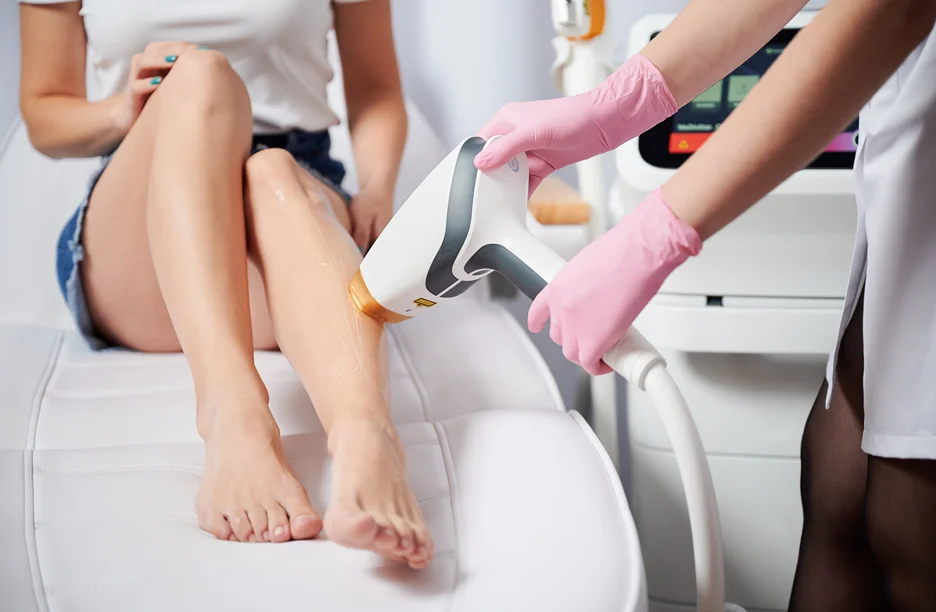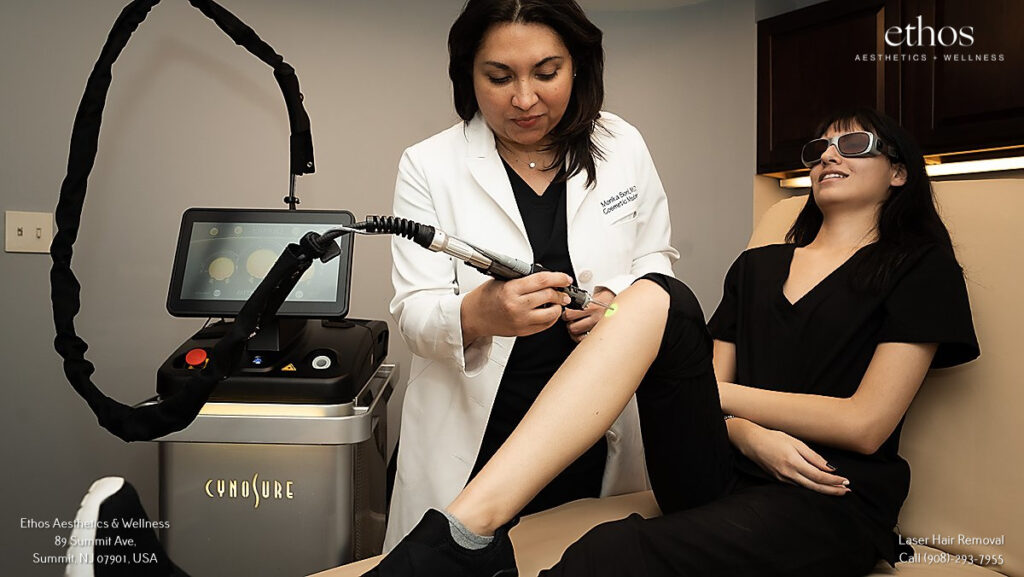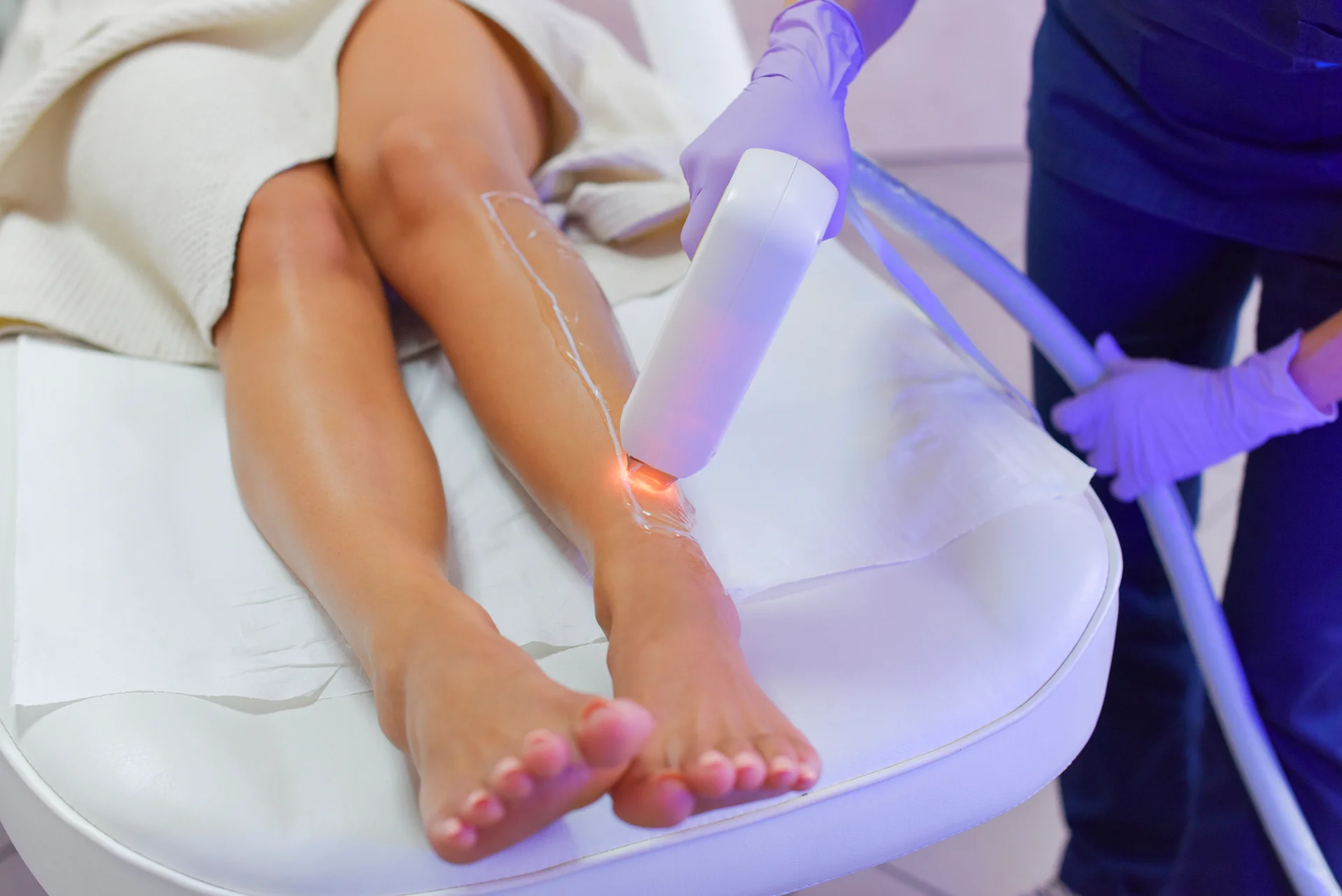Bumps After Laser Hair Removal: An Expected Reaction or Cause for Concern?
Nothing can ruin that smooth, hair-free feeling after a laser hair removal treatment faster than bumps, redness, and irritation. While laser hair removal aims to provide permanent hair reduction through repeated treatments, it does come with potential side effects.
Some people can complete a full course of sessions with minimal reactions. But for others, pesky bumps and breakouts are an unfortunate effect of zapping away unwanted hair at the follicle.
If your skin is prone to sensitivity or you’ve experienced bumps after previous hair removal methods like waxing, laser treatments may lead to similar issues. Post-treatment bumps happen for a variety of reasons and range from mild annoyance to severe irritation requiring medical intervention.
Understanding the common causes and best treatment methods can help you manage and prevent bumps during your journey to silky smooth skin.
What Causes Those Painful Bumps After Laser Hair Removal?
Before jumping into solutions, it helps to understand the main culprits behind those post-laser bumps. The laser targets and damages hair follicles to prevent regrowth, but this process can also traumatize the surrounding skin tissue.
Common causes of bumps after laser hair removal include:
| Cause | Description |
| Inflamed Hair Follicles | The heat and energy from the laser can cause redness, swelling, and irritation around the hair follicle, often appearing as tiny red pimples. Bacteria entering open follicles can lead to the formation of pus-filled pimples, especially in areas prone to sweat and friction like the bikini lines. This condition is known as folliculitis. |
| Ingrown Hairs | Dead hairs that shed post-treatment may start regrowing, but instead of emerging, they can curl back into the skin, causing ingrown hairs and resembling razor bumps. |
| Irritated Skin | People with sensitive skin may experience bumps, itching, and redness after hair removal. The powerful laser light can intensify this reaction. |
| Acne Breakouts | Lasers can trigger breakouts in acne-prone skin due to shifts in oil production, leading to new acne on cheeks, jawline, back, and other treated areas. |
| Allergic Reaction | Rarely, the skin might have a severe reaction to the laser, resulting in contact dermatitis, which presents as red, scaly, itchy bumps. |
| Skin Burns | While uncommon with modern lasers, technician errors can cause thermal burns on the skin. |
Are Post-Laser Bumps Normal?

For most people, laser hair removal only causes minimal side effects like temporary redness and tingling lasting 24 hours or less. Some individuals experience more troublesome bumps, breakouts, and irritation lasting days to weeks.
Mild symptoms are completely normal side effects, including:
- Red bumps along treated areas that may look like a sunburn
- Small whitehead pimples around hair follicles
- Itchy or tingly skin with a rough texture
- Slight swelling and skin irritation
These reactions typically resolve on their own within a week as the inflammation goes down. Proper aftercare also helps minimize discomfort during the healing process.
However, with moderate to severe symptoms like oozing blisters, fever, swollen lymph nodes, and spreading rash, it’s important to follow up with your technician or doctor.
How to Treat Those Pesky Bumps After Laser Hair Removal
While your body works to recover, there are several effective at-home treatments to soothe bumps and irritation:
Cold Compresses: Constrict blood vessels and reduce swelling when applied a few times per day. Remember, never apply ice directly to the skin.
Moisturizing and Soothing: Non-comedogenic moisturizers and aloe vera gel are ideal for hydrating and calming inflamed skin.
Over-the-counter Hydrocortisone Cream: This can help decrease inflammation when applied lightly to affected areas.
Oral Antihistamines: Products like Benadryl can offer relief from itching and swelling.
Avoid Certain Activities and Products: Steer clear of super hot showers, exfoliating, and shaving. Also, avoid using retinol, benzoyl peroxide, and other potential skin irritants during this time.
Pain Relievers: Consider taking acetaminophen or ibuprofen to manage any discomfort you might be experiencing.
Clothing: Opt for loose cotton clothing. This can help prevent friction and potential heat rash on areas that are already sensitive.
Potential Infections: If the bumps persist or worsen, it’s important to consult your provider. They may recommend additional treatments, such as topical creams or antibiotics, to help alleviate the bumps and prevent infection.
For moderate to severe reactions, your doctor may prescribe:
- Oral or topical steroids to reduce severe inflammation.
- Antibiotics if you develop folliculitis or infected pimples.
- Antivirals if you experience cold sore or herpes outbreaks triggered by laser.
- Allergy medication for diagnosed cases of contact dermatitis.
With proper aftercare, nearly all symptoms resolve within 1-2 weeks at most. See your doctor if you don’t see improvement within 10-14 days, and report any concerning reactions to your laser technician. Avoid treating the area yourself with painful at-home methods like squeezing or picking.
How to Prevent Bumps When Getting Laser Hair Removal
While some minor irritation is expected with laser treatments, you can take steps before and after appointments to reduce side effects:
| Prevention Steps | Description |
| Sun Exposure | Avoid sun exposure, tanning beds, and sunless tanning lotions for at least 2 weeks before and after treatment. Tans can increase the risk of burns. Use a non-comedogenic, SPF 30+ broad-spectrum sunscreen on treated areas if exposed to sunlight. Ensure reapplication every 2 hours. |
| Hair Removal | Choose to shave rather than wax, pluck, or use depilatory creams between sessions. This ensures the laser can effectively target each follicle and reduces the risk of ingrown hairs. |
| Skincare Products | Discontinue the use of exfoliants, retinol, benzoyl peroxide, glycolic acid, or other potential irritants on the areas to be treated as advised pre-procedure. |
| Skin Hygiene | Keep the skin clean and gently moisturize the treated areas daily. Avoid scrubbing to prevent further irritation. |
| Technician’s Advice | Follow all before and after instructions given by your technician. This often includes avoiding heat, chlorine, activities that cause sweating, and tight clothing on treated areas. |
| Share Your History | Inform your technician about any reactions from past hair removal methods, skin sensitivities, product usage, and existing medical conditions. They can adjust the settings accordingly and provide specialized advice. |
| Sensitive Skin | If you have particularly sensitive skin, consult with your provider to determine if any preventive measures, such as taking antihistamines, are suitable for you. |
When to Worry About Bumps After Laser Hair Removal
In almost all cases, the bumps and redness that show up shortly after laser hair removal treatments are temporary and not a cause for concern when properly treated. Focus on diligent aftercare and contact your provider if any reactions seem severe or worsen over time.
Rarely, more serious side effects can occur. Seek medical care immediately if you experience:
- Severe Skin Reactions: Intense burning sensations, oozing blisters, welts, bruising, crusting, or blackened skin areas.
- Significant Swelling: If swelling spreads beyond the treated area or causes facial distortion.
- Infection Signs: The presence of pus, expanding redness, accompanied by fever or flu-like symptoms.
- Contact Dermatitis: Indicated by a purple-red rash.
- Persistent Pain: Any pain that intensifies rather than alleviating over a period.
- Pigmentation Concerns: Light or dark spots that persist without fading.
- Allergic Reactions: Large hives, a spreading red rash across the body, difficulty breathing, nausea, rapid heart rate, or feelings of faintness.
With today’s advanced devices, severe complications like scarring and discoloration are unlikely when performed properly by an experienced technician. Always communicate any concerns promptly to identify potential problems.
Journey to Smooth, Hair-Free Skin Made Easier

While laser hair removal aims to provide long-term hair reduction, it does take several treatments spaced 3-8 weeks apart to see results. Some temporary irritation between sessions comes with the territory for many. With the right guidance on what to expect plus proper treatment and prevention, those annoying bumps and breakouts don’t have to hold you back.
At Ethos Spa, we’re laser hair removal specialists dedicated to making each client’s journey to silky, stubble-free skin as comfortable as possible. Our expert providers evaluate your individual needs to recommend advanced laser technology tailored to your hair and skin type. We’ll also provide extensive aftercare instructions to minimize irritation.
Contact us today to start your personalized laser hair removal experience!







